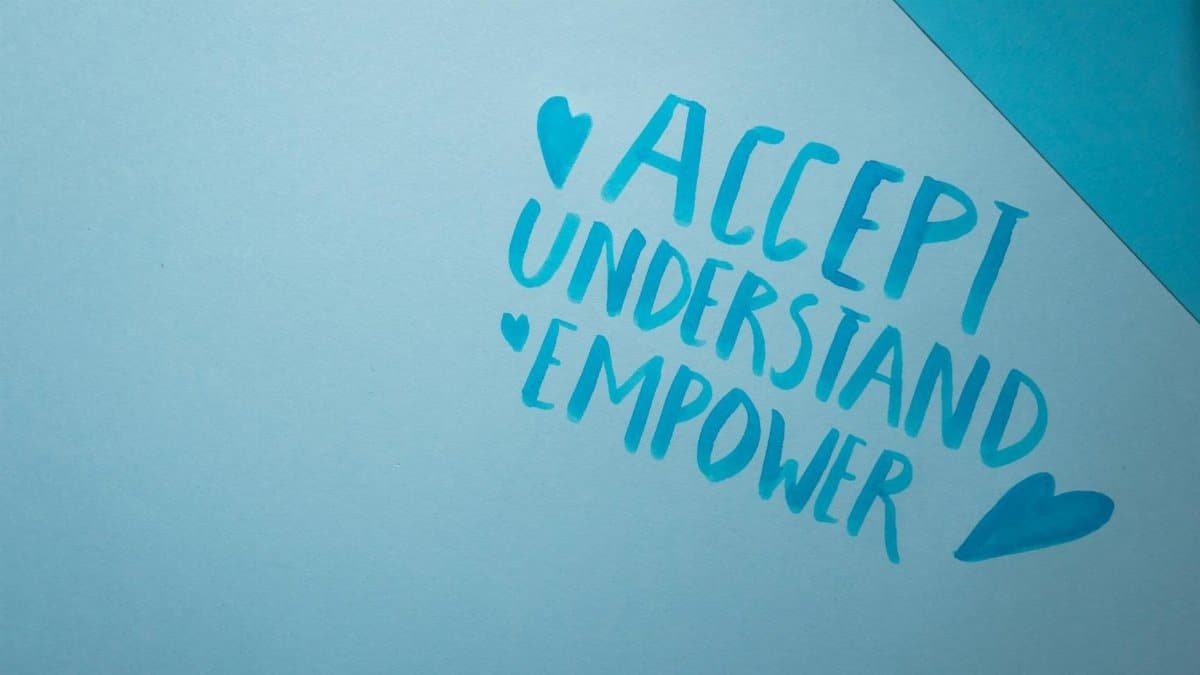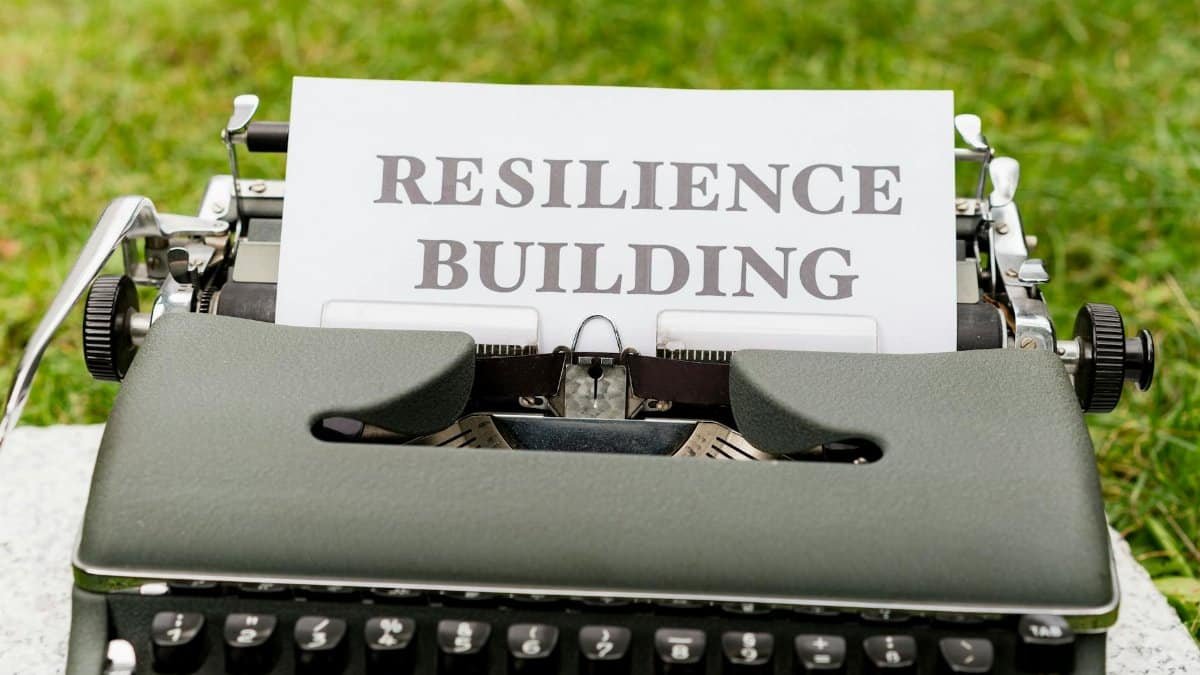Is Growth Healing the Key to Silencing Mental Chatter?

In a world buzzing with constant distractions, many Americans are turning to growth healing as a practical way to quiet the noise in their heads. This approach doesn’t demand retreating from daily life; instead, it encourages facing emotions head-on for real progress. Simply put, growth healing is the process of fostering personal development by acknowledging and learning from inner turmoil, and it matters because it empowers individuals to thrive amid chaos. New data from a 2023 survey shows 45% of U.S. adults report improved mental clarity after adopting similar mindfulness practices, according to the American Psychological Association.
Understanding the Roots of Inner Noise

Mental chatter often stems from unresolved emotions or stress buildup. Growth healing starts by identifying these sources without judgment. Experts say it’s like tuning into a radio station that’s been static for too long. By recognizing patterns, such as recurring worries about work or relationships, people can begin to address them directly. This method contrasts with escapism, like endless scrolling on social media, which only delays the inevitable.
Research from Harvard Medical School highlights how chronic stress amplifies this noise, leading to anxiety and reduced focus. In growth healing, the focus shifts to self-awareness, helping individuals pinpoint triggers in their everyday routines.
Embracing Emotions as Messengers

Every feeling carries a lesson, according to growth healing principles. Instead of suppressing anger or sadness, view them as signals for change. For instance, frustration at a dead-end job might indicate a need for career growth. This perspective transforms overwhelming thoughts into actionable insights.
A study published in the Journal of Positive Psychology found that people who practice emotional acceptance report 30% lower stress levels. By listening to these internal messages, you stay engaged with life rather than fleeing from it.
Practical Techniques for Daily Integration

Start small with growth healing by incorporating brief pauses into your routine. Try a five-minute breathing exercise during lunch breaks to observe thoughts without attachment. Journaling is another tool: jot down noisy thoughts and question their validity. These habits build resilience over time.
Apps and online resources can guide beginners. The National Institute of Mental Health offers tips on mindfulness that align with this approach, available at NIMH Anxiety Disorders page, where related studies emphasize gradual implementation for lasting results.
Overcoming Common Obstacles

Resistance is normal when starting growth healing. Doubts like “This won’t work for me” often arise. Push through by setting realistic goals, such as one mindful moment per day. Distractions from technology can derail progress, so designate tech-free zones in your home.
Experts warn against perfectionism, which can amplify the very noise you’re trying to quiet. Data from a 2024 Pew Research report indicates that 60% of young adults struggle with digital overload, making these barriers relatable and surmountable with persistence.
The Role of Presence in Healing

Staying present is central to growth healing. It means grounding yourself in the now, rather than ruminating on past regrets or future fears. Techniques like body scans help redirect focus from mental whirlwinds to physical sensations.
This practice not only quiets the mind but also enhances relationships. When you’re fully present, conversations become more meaningful, reducing feelings of isolation that fuel inner noise.
Building Long-Term Mental Resilience

Growth healing fosters enduring strength by turning challenges into opportunities. Over time, consistent application leads to a quieter mind, even in high-stress environments like bustling cities or demanding jobs. In 2025, with rising workplace pressures, this resilience is more vital than ever.
Therapists often recommend combining it with professional support for deeper issues. Success stories abound, from executives who regained focus to parents managing family chaos effectively.
Real-Life Examples of Transformation

Take Mark, a New York accountant overwhelmed by deadlines. Through growth healing, he learned to process his stress, leading to better productivity without burnout. Similarly, Lisa, a teacher in Chicago, quieted her anxious thoughts by embracing daily reflections, improving her classroom presence.
These anecdotes, drawn from community forums and wellness reports, show how ordinary people integrate this into urban life without drastic changes.
Why It Beats Escapist Strategies

Unlike vacations or hobbies that offer temporary relief, growth healing provides sustainable peace. Escaping life might feel good momentarily, but it leaves underlying issues unresolved. This method ensures you’re equipped to handle noise wherever it arises.
Studies from the CDC underscore that avoidance behaviors correlate with higher depression rates, reinforcing the value of direct confrontation for mental health.
Getting Started Today

Begin with self-compassion. Acknowledge that quieting the noise is a journey, not an overnight fix. Resources like books on emotional intelligence or online courses can accelerate progress. In 2025, virtual communities are expanding, making growth healing accessible to all.
Remember, the goal is integration, not isolation. By facing the chatter head-on, you unlock a more vibrant, engaged life.
